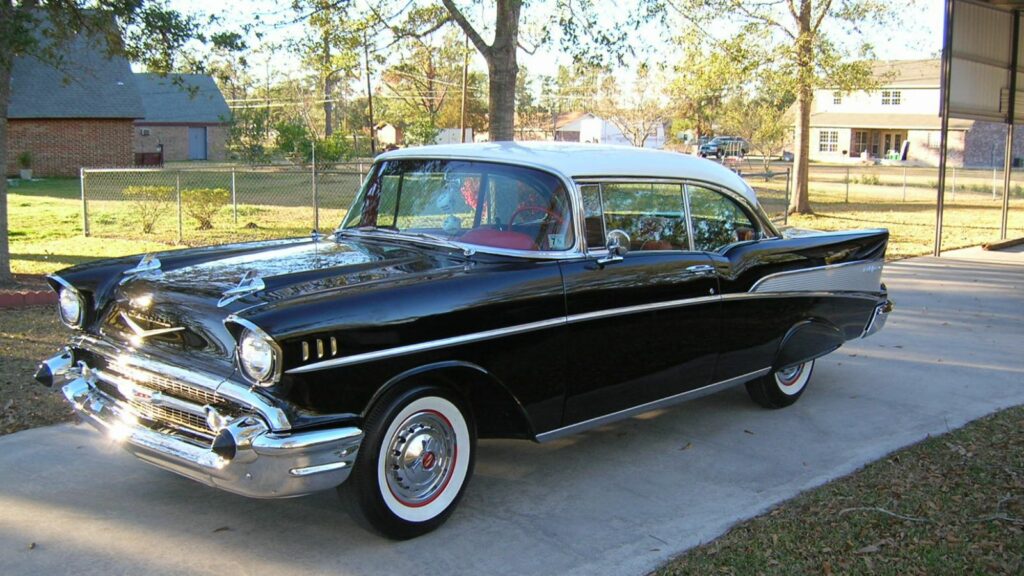Few cars have captured the imagination of enthusiasts quite like the Chevrolet “Tri-Fives” the iconic models produced in 1955, 1956, and 1957. These cars became more than just transportation; they became cultural landmarks. They defined style, set new performance benchmarks, and symbolized the optimism of postwar North America. More than six decades later, Tri Chevys still dominate car shows, auctions, and garages around the world. Here are twelve detailed reasons why these three model years became legends, and why they remain among the most celebrated American cars ever built.
A Bold New Look in 1955
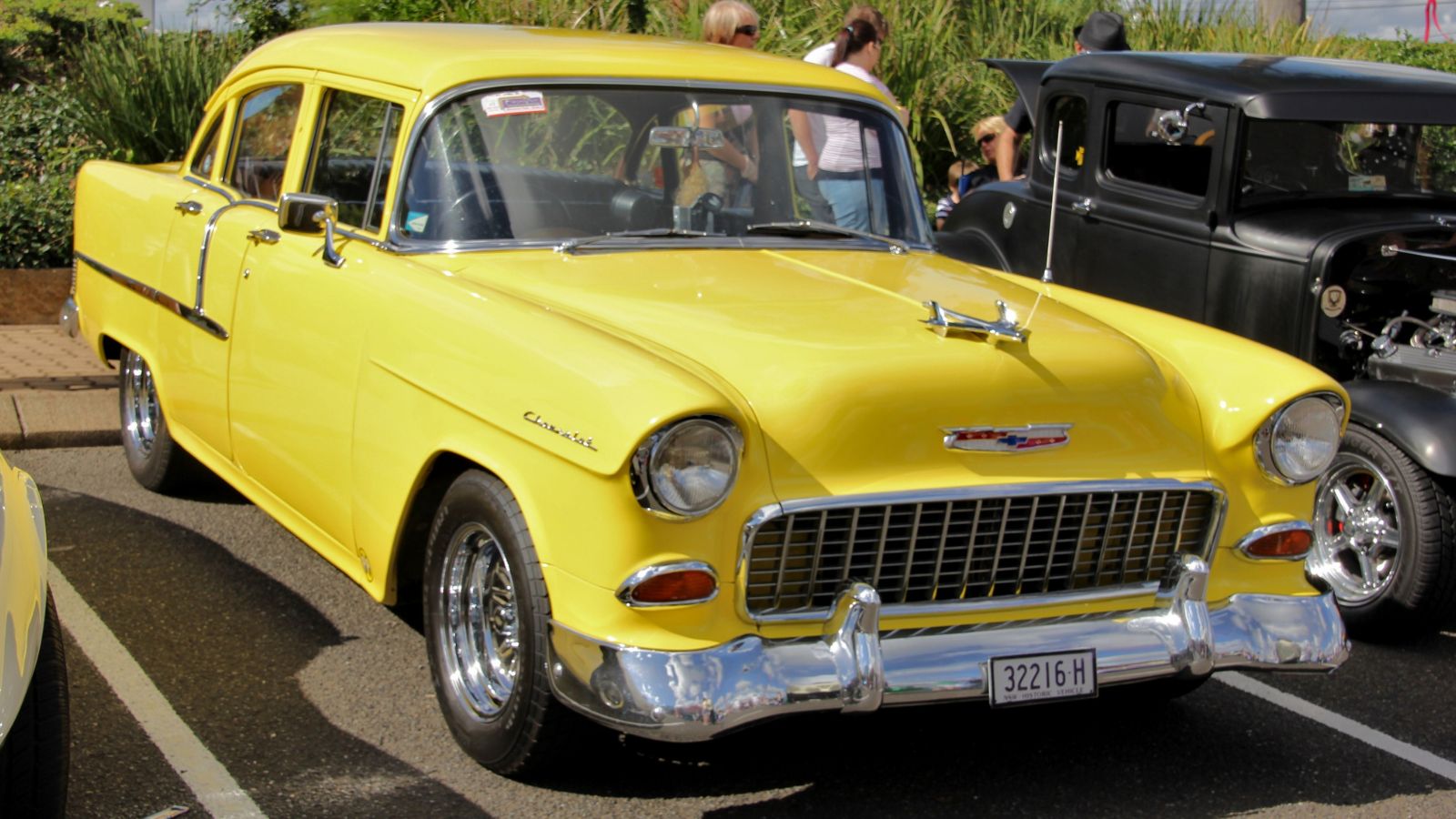
The 1955 Chevrolet was a revolution in design. Gone were the bulbous, rounded bodies of earlier models, replaced by crisp lines, slab sides, and a stance that looked modern and confident. For many buyers, the ’55 looked futuristic compared to its competition, with a fresh, understated elegance that spoke to the forward-looking culture of the mid-1950s. It set the tone for Chevrolet’s success and made the brand feel cutting-edge at a time when styling was everything.
Introduction of the Small Block V8
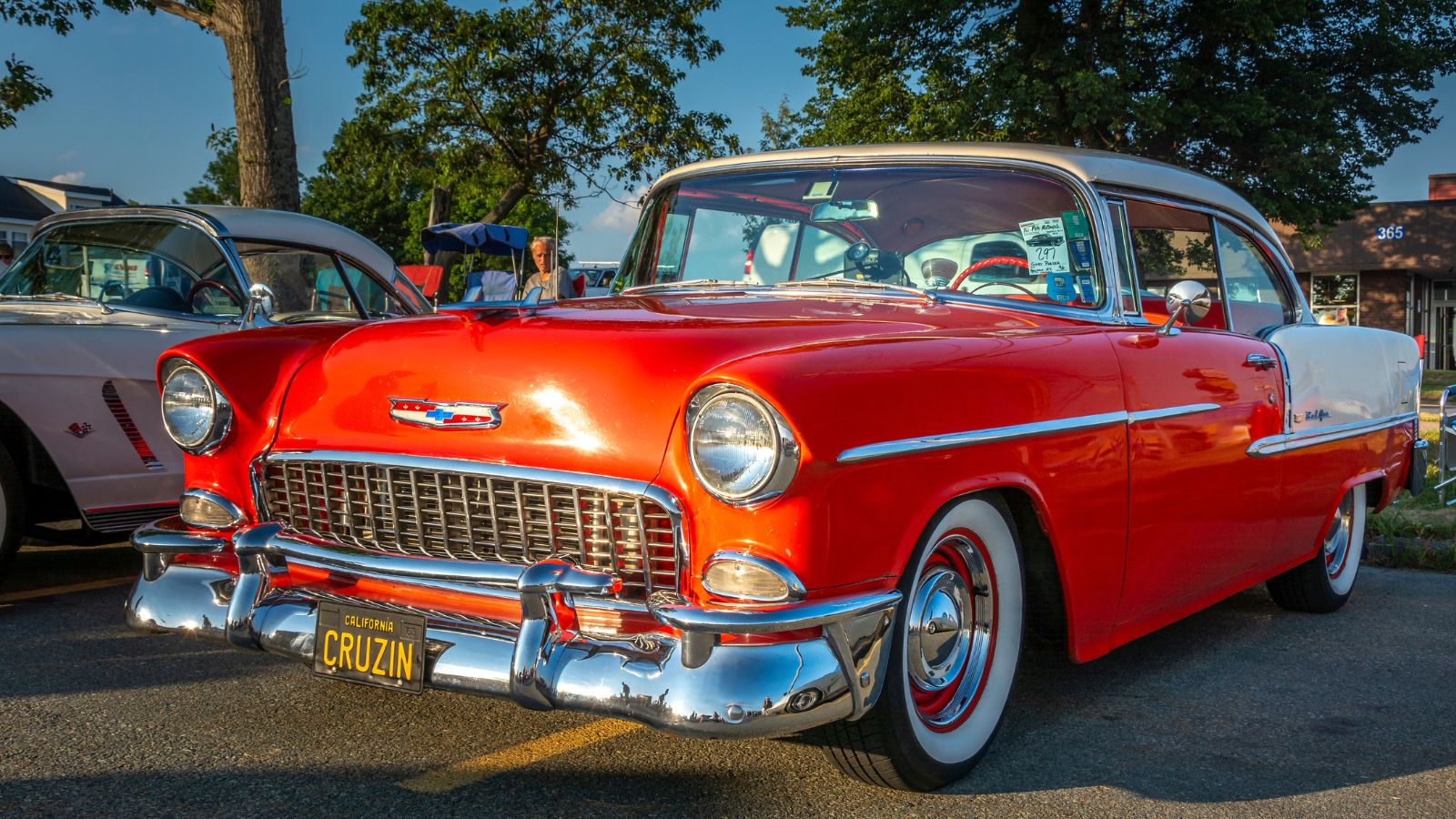
The real magic of the 1955 Chevy came under the hood. Chevrolet introduced its now-legendary small block V8, a 265 cubic-inch marvel that changed the automotive landscape. Lightweight, compact, and capable of serious horsepower, the small block V8 could be dropped into a family sedan yet perform like a race car. It was easy to work on, affordable to modify, and became the heart of hot rodding culture. Over time, this engine would evolve into one of the most influential powerplants in automotive history.
Affordable Performance for the Masses
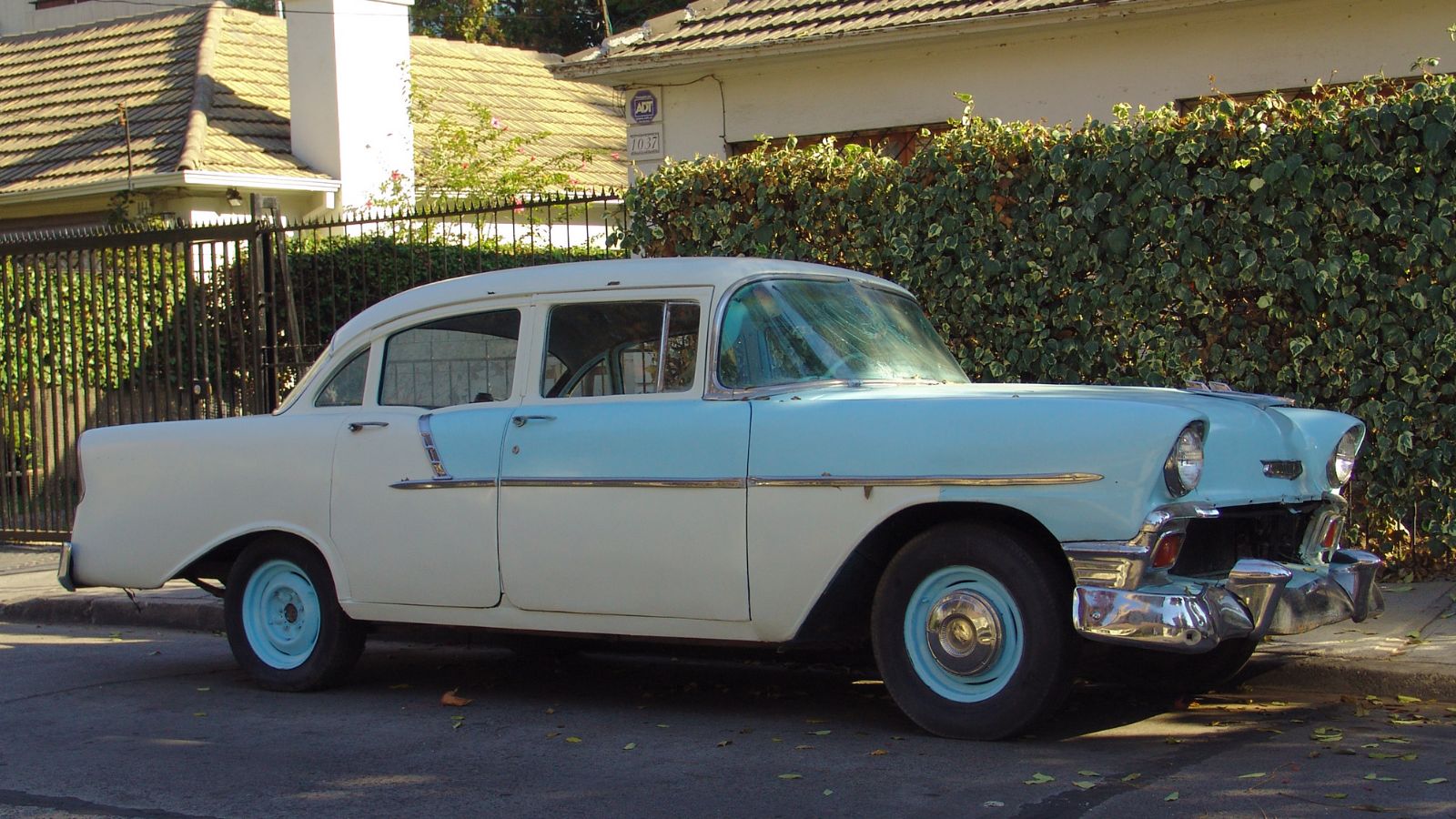
In the 1950s, performance often meant expensive cars from premium brands. The Tri-Fives changed that. Chevrolet made V8 power available to middle class families at a price they could afford. A buyer could walk into a dealership, drive out with a V8-powered Bel Air, and suddenly feel like they owned a performance car without spending luxury-car money. This democratization of power helped fuel the explosion of American car culture in the postwar era.
Distinct Styling for Each Year
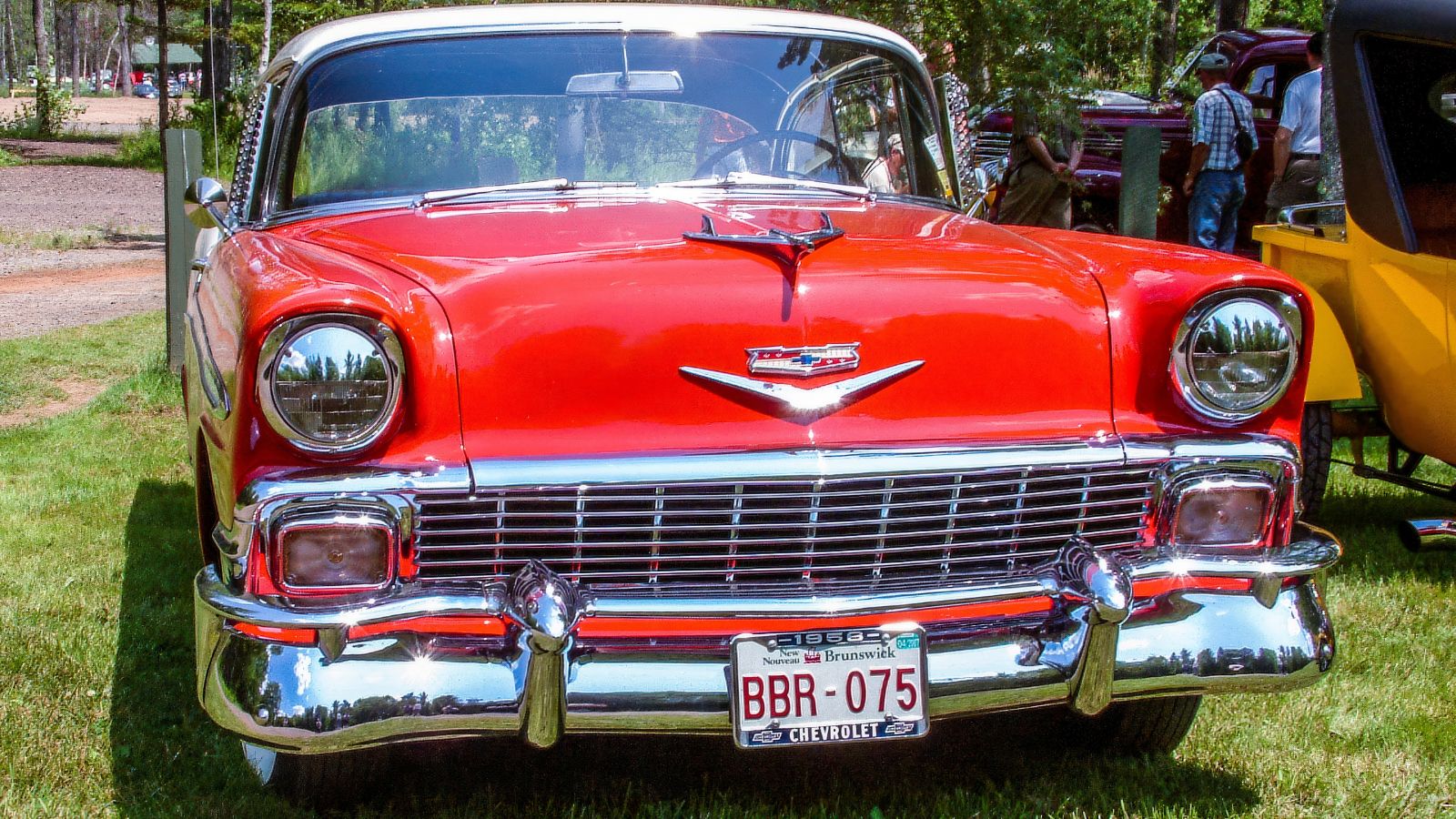
One of the things that made the Tri Chevys special was the fact that each year looked distinct, while still belonging to the same family. The 1955 had clean, simple lines. The 1956 refined the look with a new grille and side trim, giving it a touch more sophistication. The 1957 went full showpiece, with dramatic tailfins, gold trim, and rocket-inspired taillights. Buyers could choose the understated beauty of the ’55, the elegance of the ’56, or the bold excess of the ’57 each one appealing in its own way.
The Prestige of the Bel Air
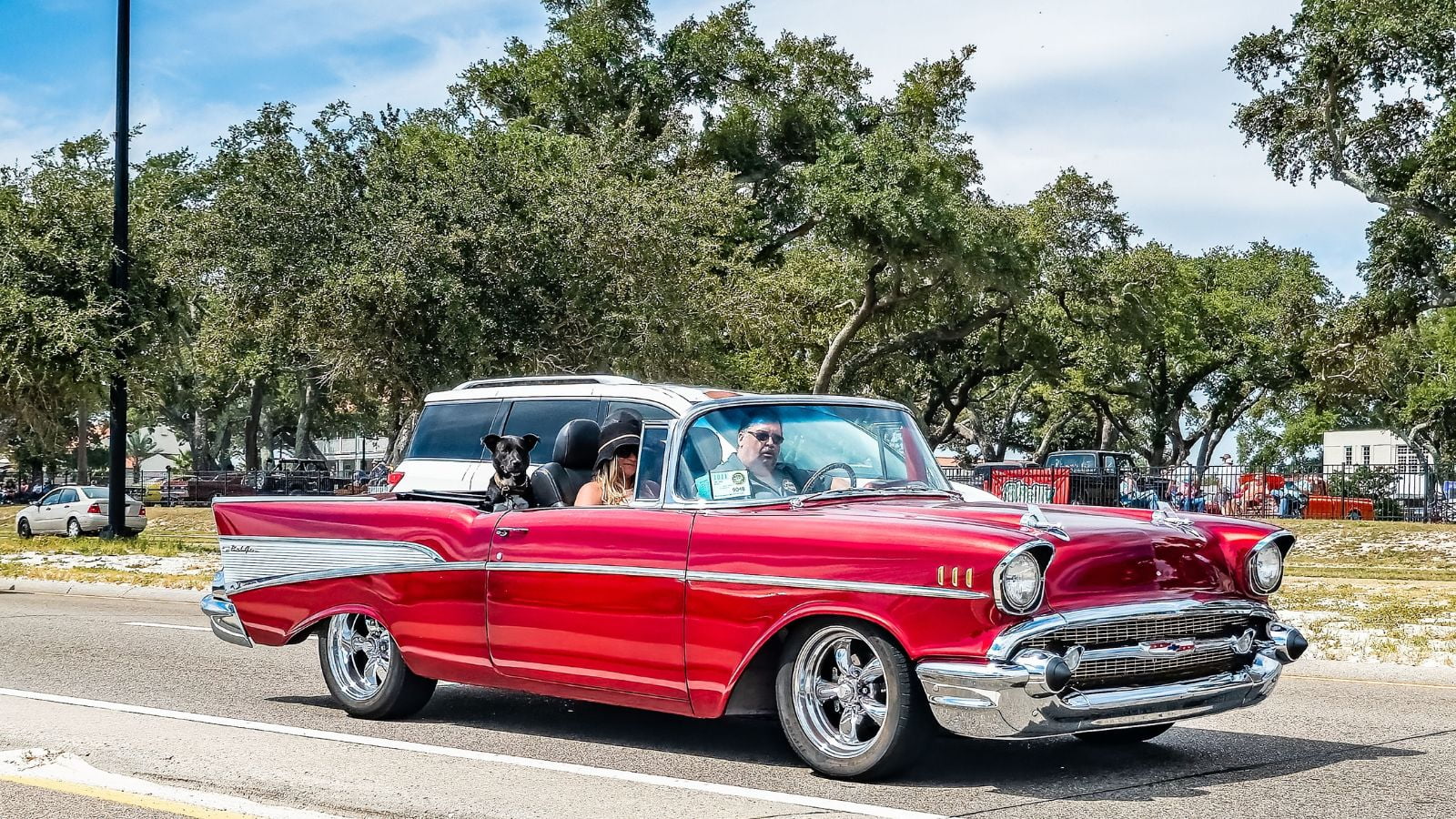
At the top of the Tri-Five lineup sat the Bel Air, Chevrolet’s premium trim. With chrome accents, stylish interiors, and upscale detailing, the Bel Air elevated Chevrolet beyond its working-class roots. For many, owning a Bel Air was a statement: you had arrived. The Bel Air name would live on for decades, but it was in the Tri-Five years that it became immortalized as the pinnacle of Chevrolet design.
A Darling of Hot Rod Culture
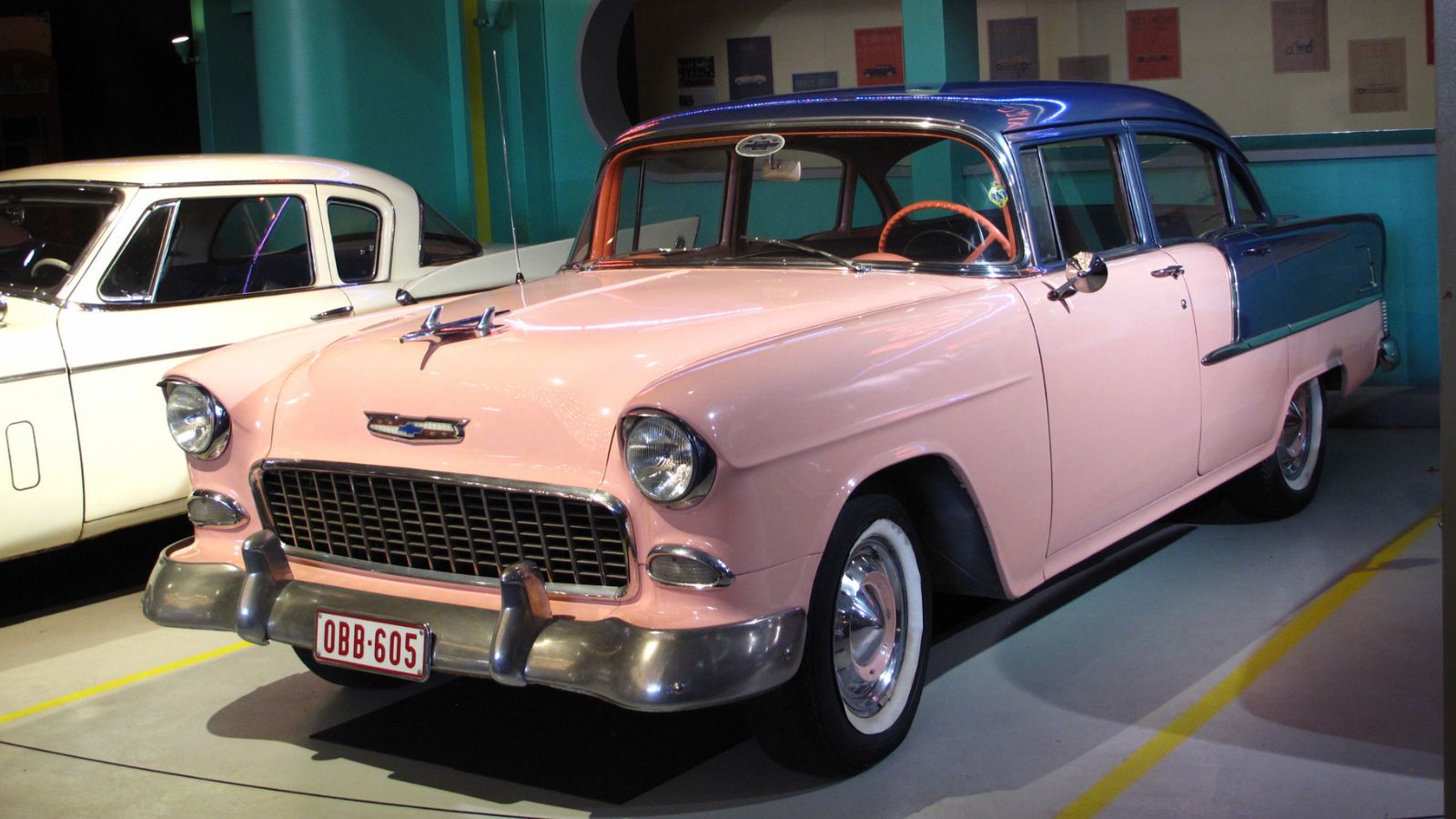
When the Tri Chevys hit the streets, it did not take long for hot rodders to see their potential. The small block V8 was easy to tune, and the cars were relatively lightweight for their size. They became staples at drag strips, cruising strips, and garages across North America. The availability of aftermarket parts turned them into a blank canvas for customization. From chopped and lowered customs to full drag machines, the Tri Chevys could be anything an enthusiast wanted.
Tailfins and Chrome in 1957
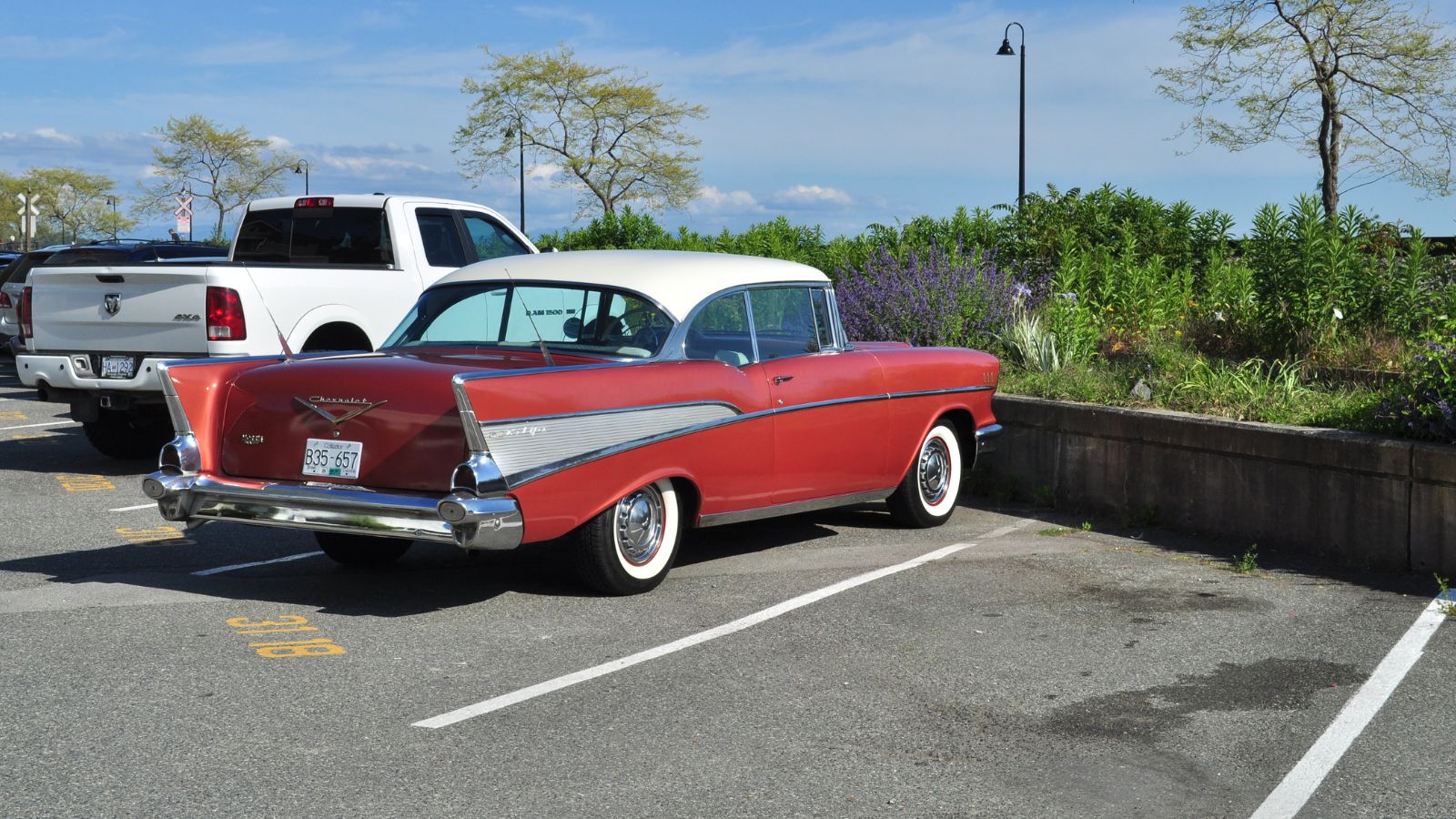
By 1957, Chevrolet had fully embraced the jet-age design craze. The ’57 Chevy’s sharp tailfins, glitzy chrome, and gold-plated badges gave it a look that shouted optimism and excess. Paired with rocket-like taillights and bold color schemes, the ’57 was as much a design statement as it was a car. It quickly became one of the most photographed and admired cars of the era. To this day, when people picture a “classic Chevy,” they often imagine the ’57 Bel Air with its fins reaching skyward.
Racing and Performance Credibility
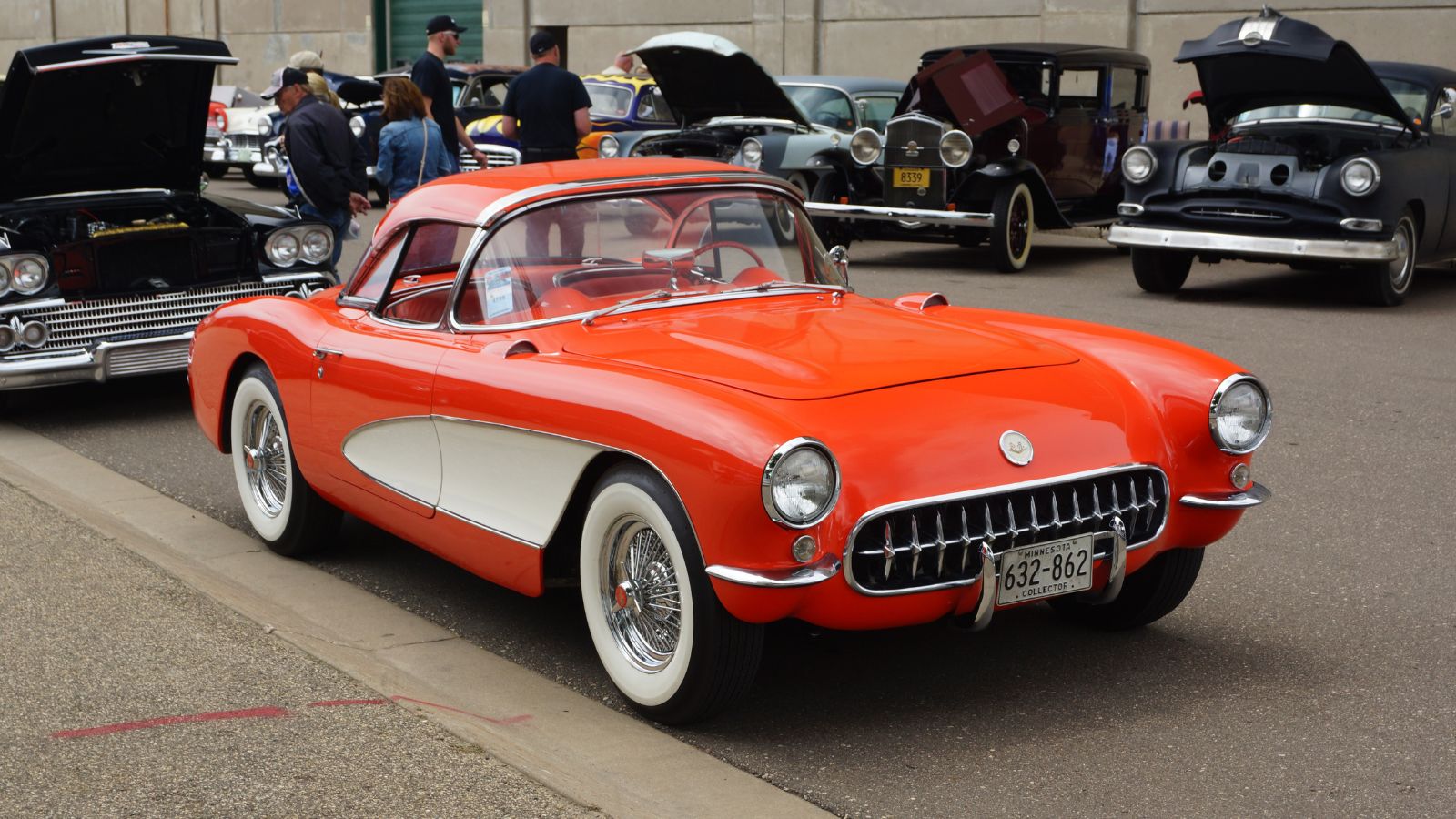
Chevrolet was not just about looks; the Tri-Fives proved themselves in competition. On drag strips and stock car tracks, the small block V8 powered Chevys held their own against bigger, more expensive cars. This gave Chevrolet a reputation for speed and durability. For everyday buyers, it meant that the car they drove to work had the same DNA as cars winning races on weekends. That connection between the showroom and the track made the Tri-Fives feel even more special.
Huge Popularity on the Streets
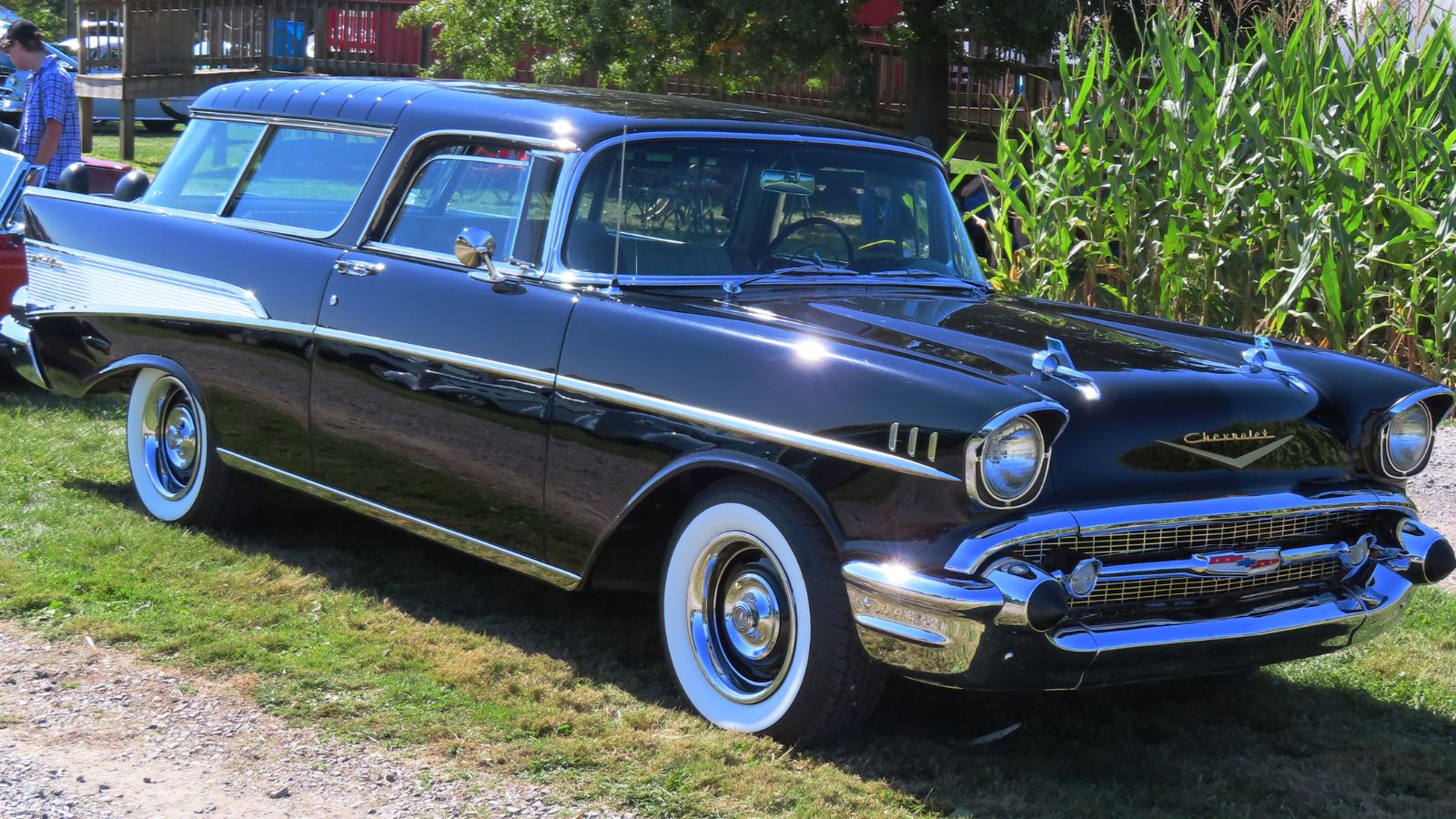
Between 1955 and 1957, Chevrolet sold millions of these cars, and they were everywhere in North America. They served as family cars, work cars, police cruisers, and even the first cars for teenagers. Their sheer ubiquity made them a common sight, embedding them deeply into the cultural fabric of the 1950s. They became part of daily life, which is why nostalgia for them remains so strong even decades later.
Hollywood and Pop Culture Fame
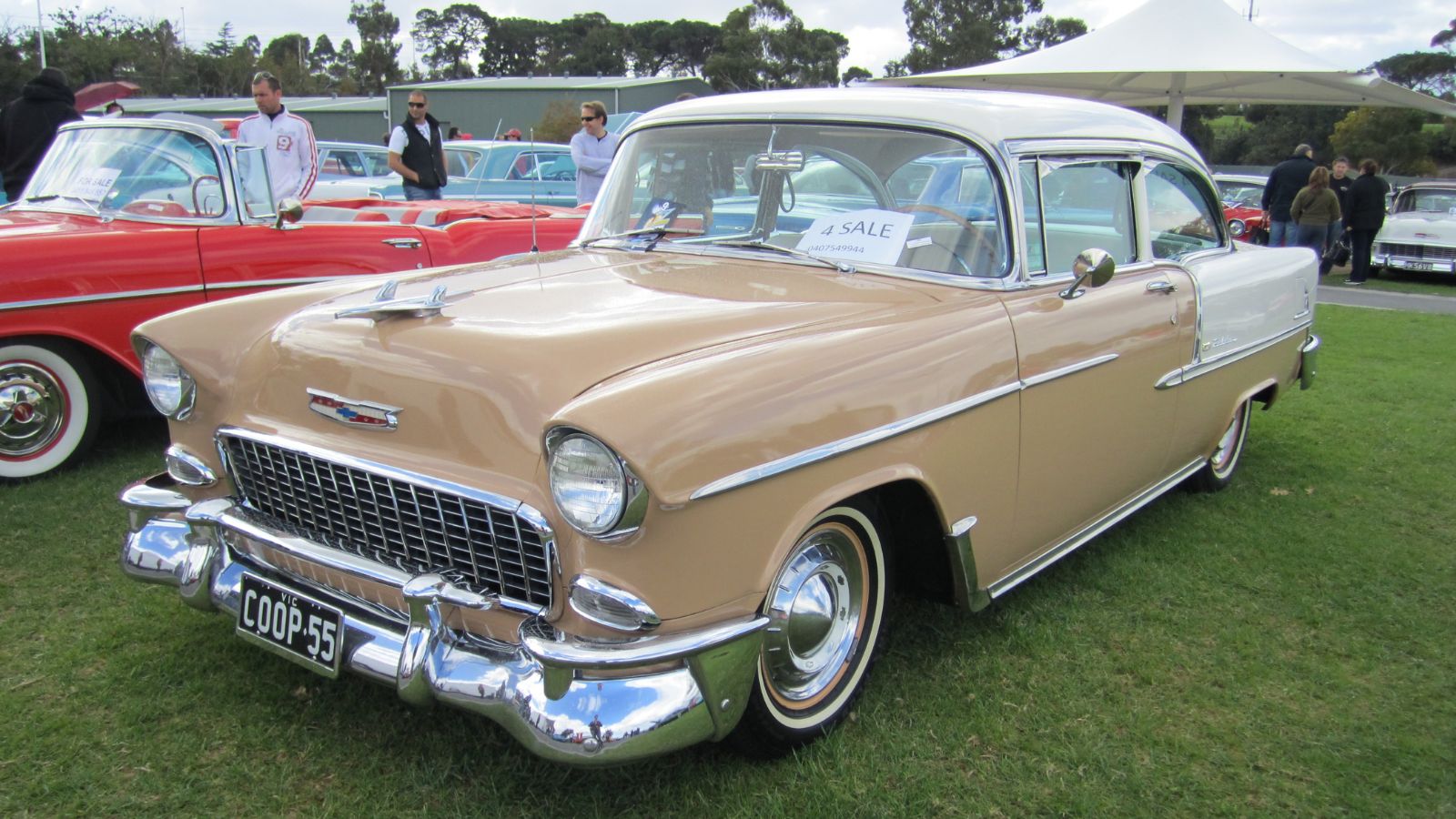
Tri Chevys cemented their legend by appearing in movies, television shows, and music videos. Films like American Graffiti and Two-Lane Blacktop used them as stars, while countless TV productions featured them as quintessential “American” cars. Their hot rod status also made them favorites among rock and roll fans, giving them a coolness that went beyond the showroom. The cultural presence of Tri Chevys turned them into rolling symbols of youth, rebellion, and freedom.
Collector Status That Endures
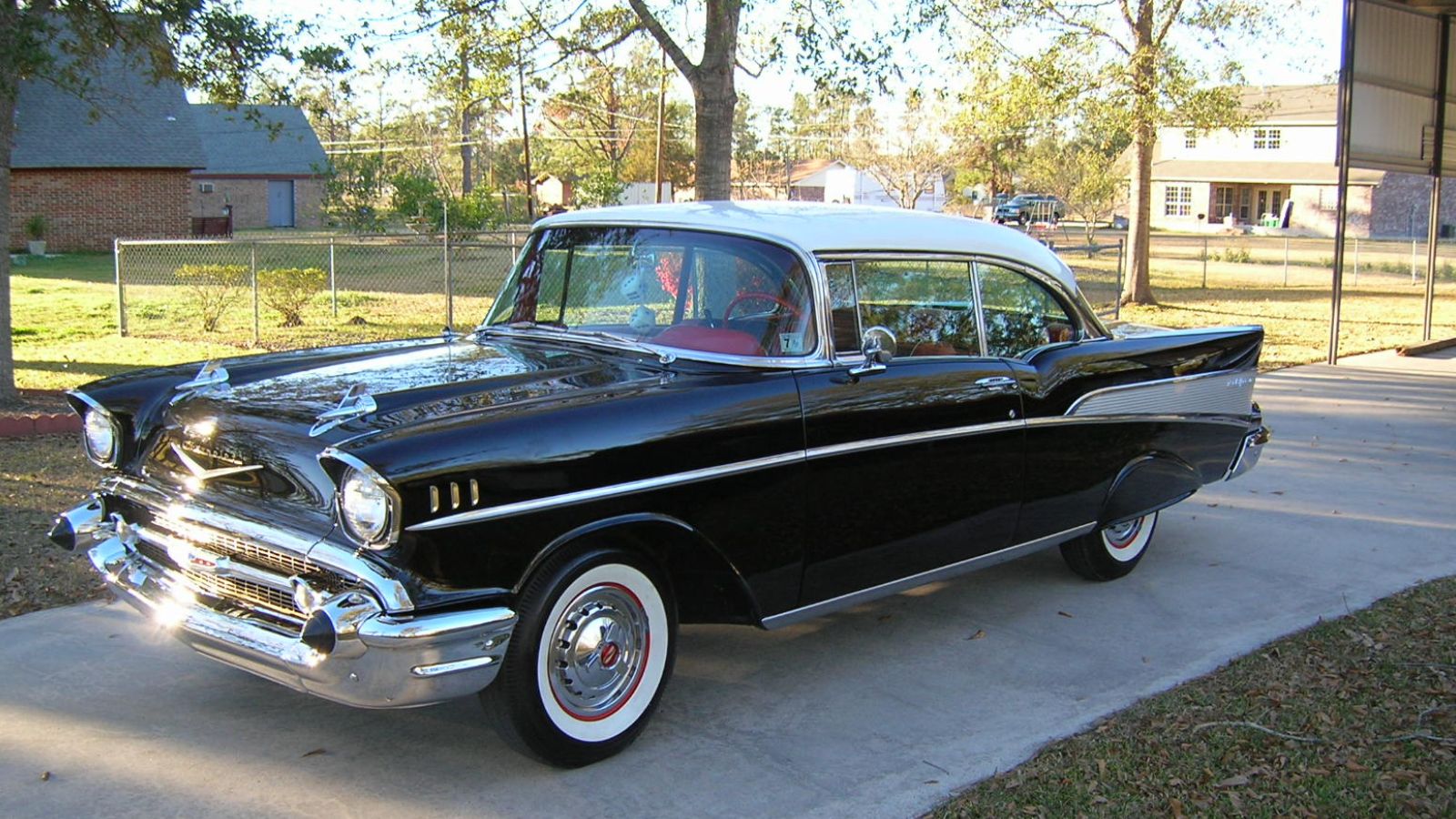
Today, Tri Chevys are among the most collectible classic cars in the world. Restored examples, especially Bel Air hardtops and convertibles, can fetch six figures at auctions. Meanwhile, heavily modified hot rods continue to dominate custom car shows. Their popularity has never waned, and parts availability ensures they are still practical for enthusiasts to own and maintain. For collectors, they are both an investment and a passion project.
A Symbol of an Optimistic Era
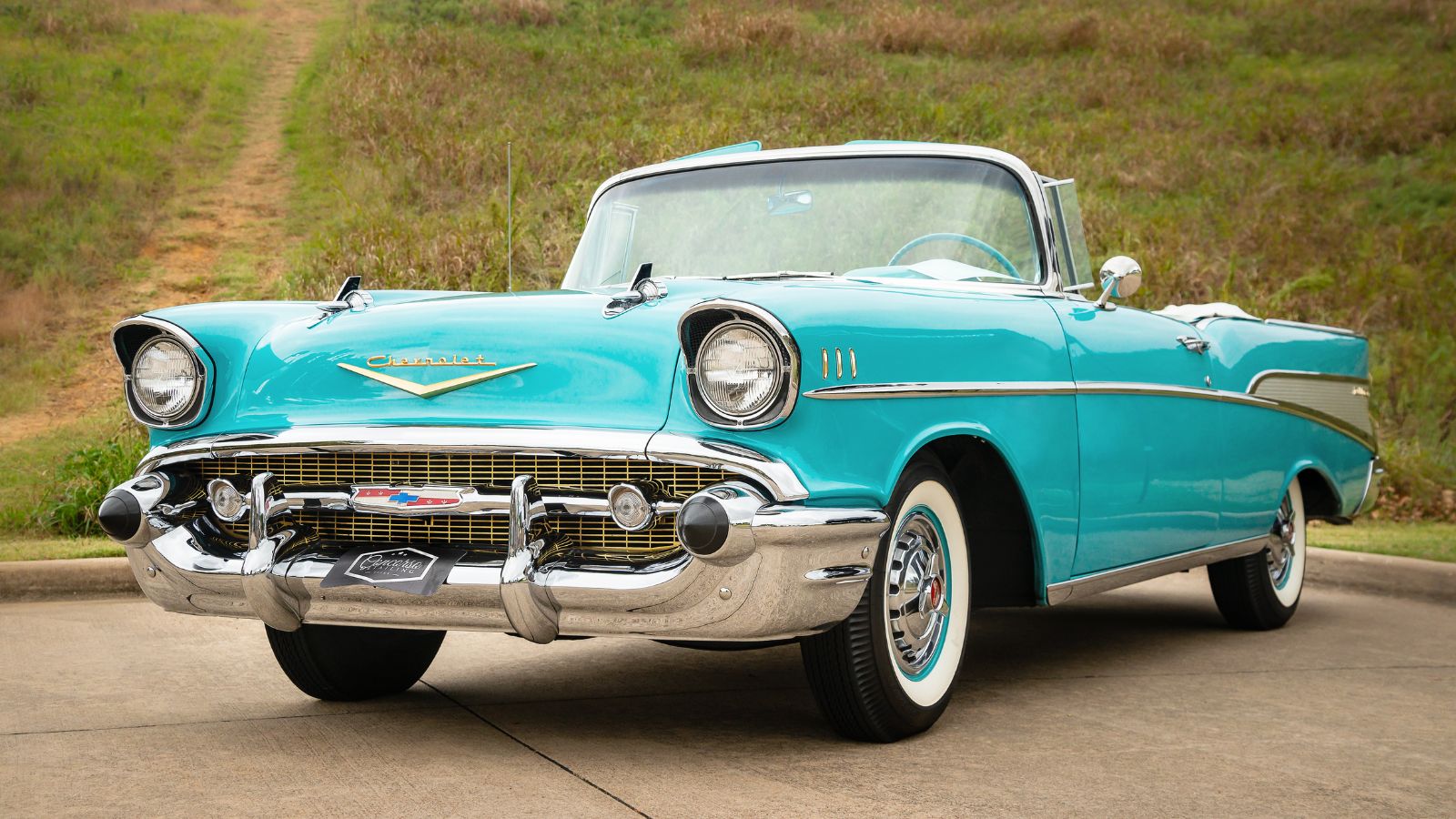
Perhaps the greatest reason Tri Chevys became legends is what they represented. They were built in an era of confidence and prosperity, when Americans believed the future was limitless. Their styling reflected jet-age dreams, their performance delivered excitement, and their affordability put them within reach of millions. They became more than cars—they became symbols of freedom, optimism, and the American way of life.
The Legend

Between 1955 and 1957, Chevrolet struck lightning three years in a row. With bold styling, groundbreaking engines, cultural impact, and an unmatched legacy, the Tri Chevys became rolling legends. Whether it was the clean look of the ’55, the refined beauty of the ’56, or the flamboyant fins of the ’57, each one left an indelible mark on history. More than 65 years later, they are still admired, still collected, and still celebrated as some of the greatest American cars ever made.
25 Facts About Car Loans That Most Drivers Don’t Realize

Car loans are one of the most common ways people fund car purchases. Like any other kind of loan, car loans can have certain features that can be regarded as an advantage or a disadvantage to the borrower. Understanding all essential facts about car loans and how they work to ensure that you get the best deal for your financial situation is essential. Here are 25 shocking facts about car loans that most drivers don’t realize:
25 Facts About Car Loans That Most Drivers Don’t Realize
